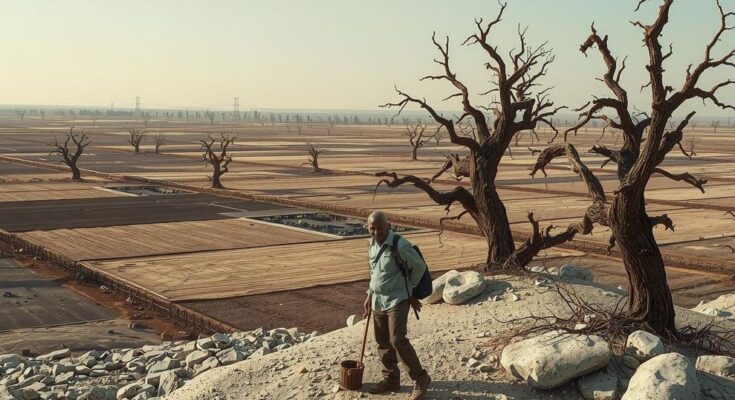Professor Steve Hanke has ranked Zimbabwe’s ZiG currency as the second worst in the world, having lost 50% of its value against the US dollar due to inflation. The currency, introduced last year, is trading significantly lower on the black market amid a lack of trust. The Reserve Bank of Zimbabwe is striving for stability amid these challenges.
Renowned economist and currency expert Professor Steve Hanke has assessed Zimbabwe’s ZiG currency, ranking it as the second worst globally, following Venezuela’s Bolivar. He attributes this ranking to the ZiG losing 50% of its value against the US dollar over the past year due to widespread inflationary pressures, noting that the Bolivar has depreciated by 52% while the Iranian Rial and Ethiopian Birr follow with losses of 24%.
Since its introduction at a rate of US$1 to ZiG2.50 last year, the currency has suffered significant devaluation and is currently fluctuating between ZiG33 and ZiG40 in the black market. A prevalent lack of trust in the supposedly gold-backed currency has contributed to its sharp decline in value, as many businesses are not complying with the government’s directive to use the official rate of US$1 to ZiG26.
Hanke’s findings emerge amidst a commitment from the Reserve Bank of Zimbabwe (RBZ) to stabilize the ZiG. The instability has been attributed to the government’s ineffective policy directing its use for essential purchases like fuel and passport fees. At a recent meeting with the Tourism Business Council of Zimbabwe, RBZ governor Dr. John Mushayavanhu stated, “There are adequate use case scenarios for ZiG at the moment.”
The ranking of Zimbabwe’s ZiG currency as the world’s second worst underscores severe valuation challenges stemming from inflation and a lack of public trust. Despite efforts by the Reserve Bank of Zimbabwe to stabilize the currency, adherence to official rates remains low due to the informal economy. Continuous monitoring and constructive policy changes are needed to restore confidence and improve the currency’s reputation.
Original Source: www.newzimbabwe.com




